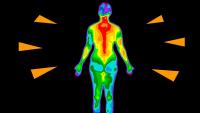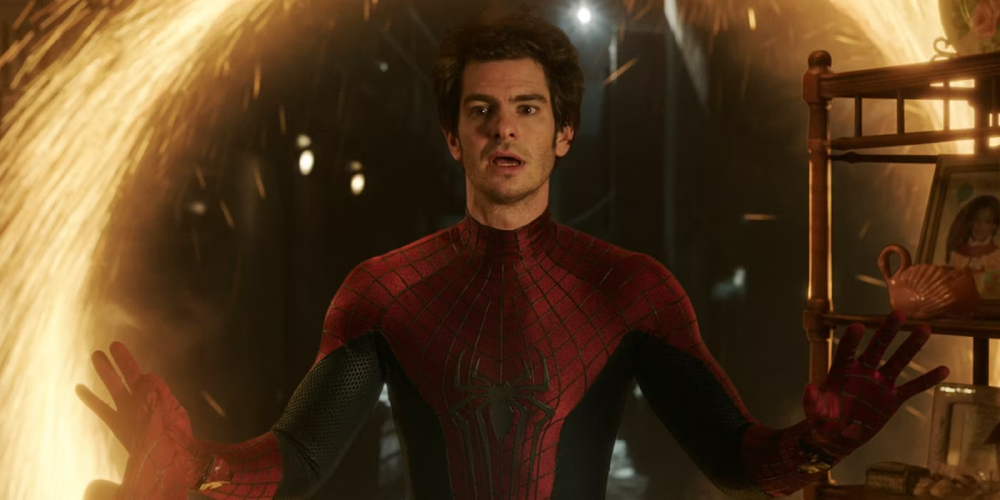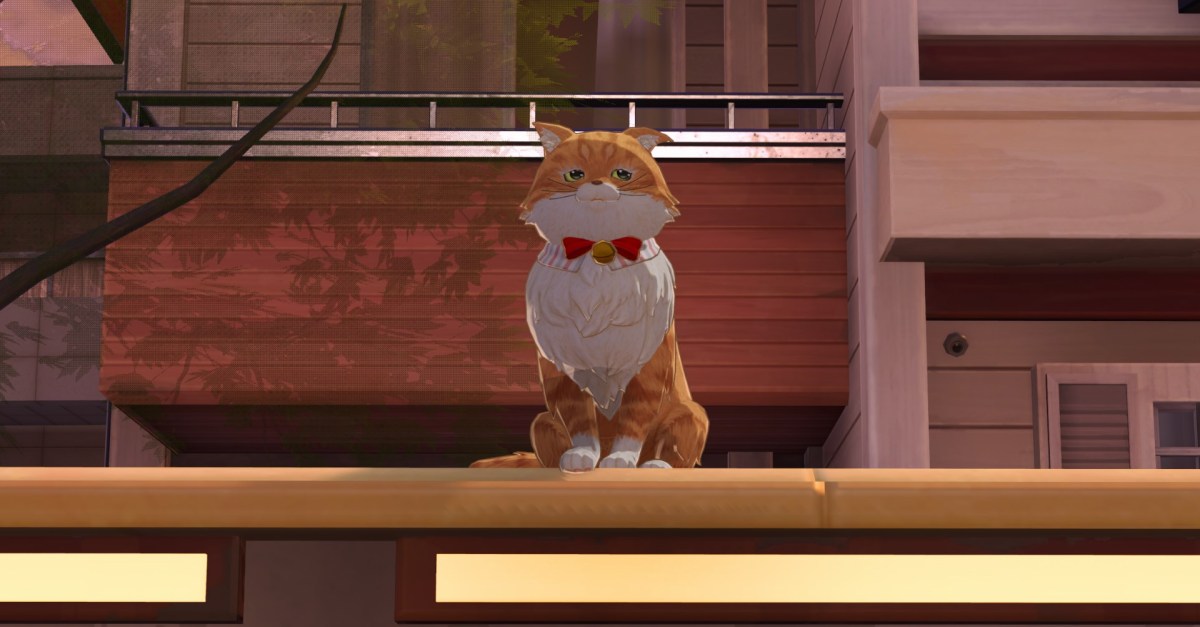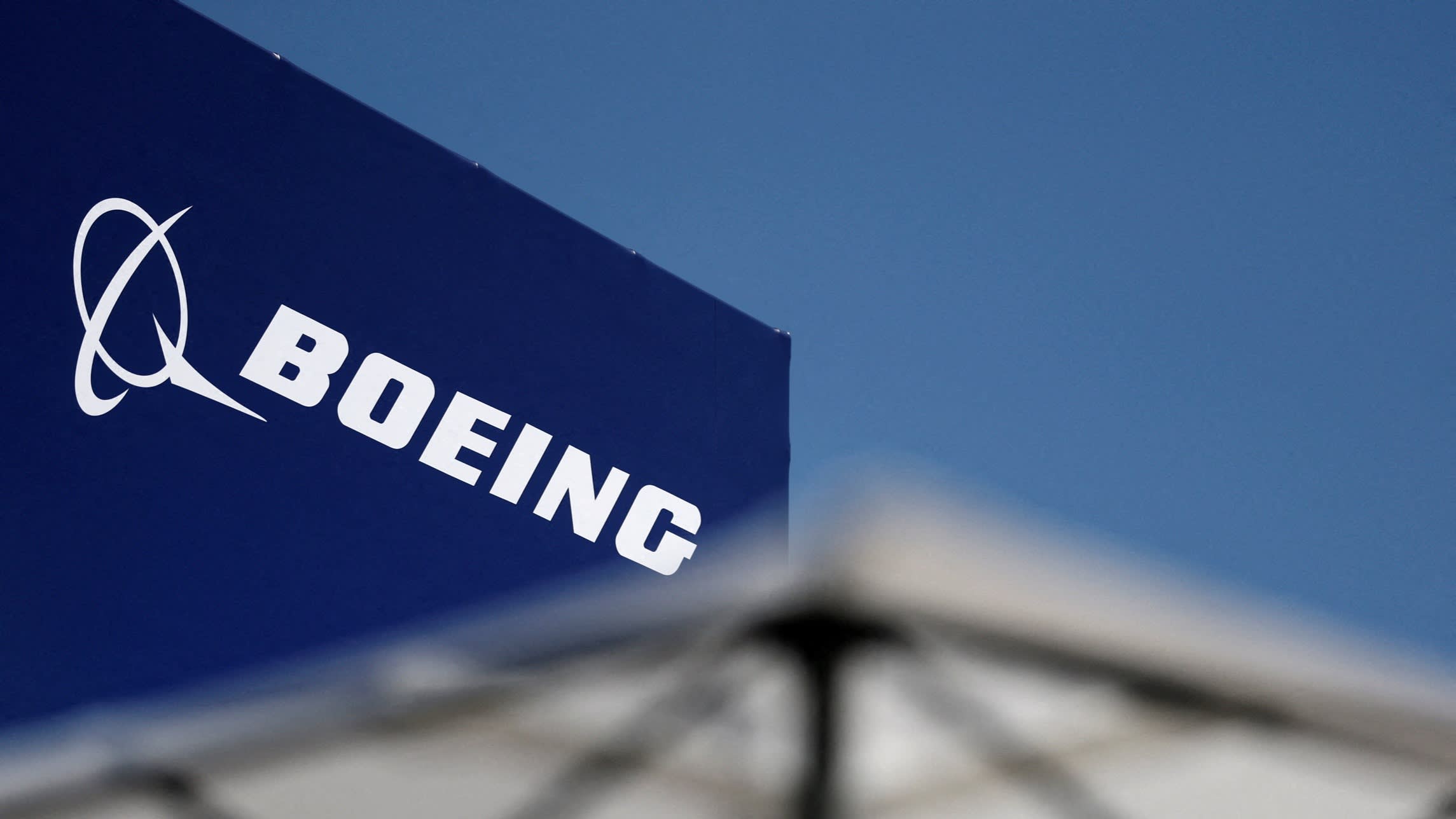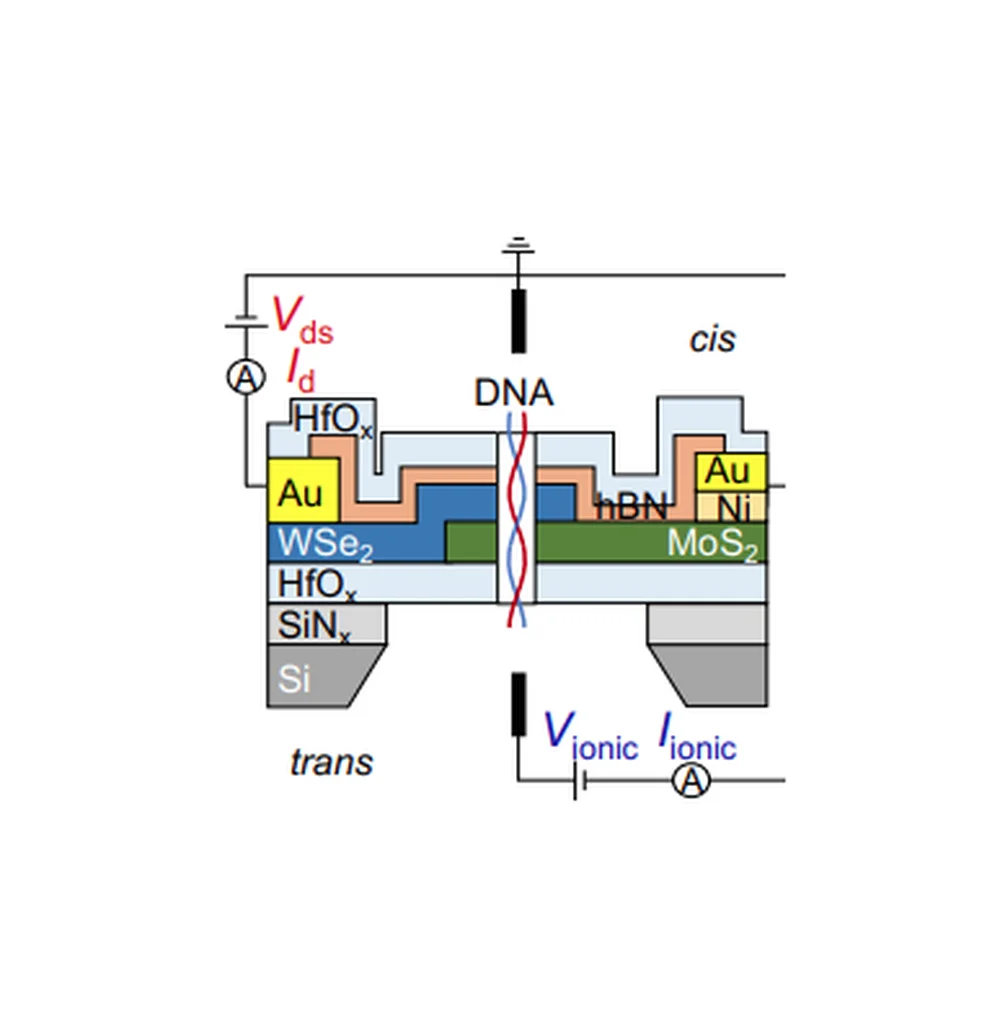Inflammation, long considered a hallmark of aging, may not be a universal human experience, according to a new study from Columbia University Mailman School of Public Health. The research suggests that “inflammaging”-chronic, low-grade inflammation associated with aging-appears to be a byproduct of industrialized lifestyles and varies significantly across global populations. The findings are published in Nature Aging.
Researchers analyzed data from four populations: two industrialized groups-the Italian InCHIANTI study and the Singapore Longitudinal Aging Study (SLAS)-and two Indigenous, non-industrialized populations-the Tsimane of the Bolivian Amazon and the Orang Asli of Peninsular Malaysia. While the inflammaging signature was similar between the two industrialized populations, it did not hold in the Indigenous groups, where inflammation levels were largely driven by infection rather than age.
“In industrialized settings, we see clear links between inflammaging and diseases like chronic kidney disease,” said lead author Alan Cohen, PhD, associate professor of Environmental Health Sciences at Columbia Mailman School and faculty member of the Butler Columbia Aging Center. “But in populations with high infection rates, inflammation appears more reflective of infectious disease burden than of aging itself.”
Interestingly, while the indigenous populations, particularly the Tsimane, had high constitutive levels of inflammation, these did not increase with age and, crucially, did not lead to the chronic diseases that plague industrialized societies. In fact, most chronic diseases- diabetes, heart disease, Alzheimer’s, etc.-are rare or largely absent in the Indigenous populations, meaning that even when young Indigenous people have profiles that look similar on the surface to those of older industrialized adults, these profiles do not lead to pathological consequences.
“These findings really call into question the idea that inflammation is bad per se,” said Cohen. “Rather, it appears that inflammation-and perhaps other aging mechanisms too-may be highly context dependent. On the one hand, that’s challenging, because there won’t be universal answers to scientific questions. On the other, it’s promising, because it means we can intervene and change things.”
The study used a panel of 19 cytokines-small immune-signaling proteins-to assess inflammation patterns. While these markers aligned with aging in the Italian and Singaporean datasets, they did not replicate among the Tsimane and Orang Asli, whose immune systems were shaped by persistent infections and distinct environmental exposures.
Key findings include:
- Approximately 66 percent of Tsimane had at least one intestinal parasitic infection; over 70 percent of Orang Asli had a prevalent infection.
- Inflammaging markers were strongly linked to chronic disease in industrialized populations, but not in Indigenous groups.
- The study challenges the assumption of universal aging biomarkers, suggesting instead that immune-aging processes are population-specific and heavily influenced by the exposome-the totality of environmental, lifestyle, and infectious exposures.
“These results point to an evolutionary mismatch between our immune systems and the environments we now live in,” Cohen explained. “Inflammaging may not be a direct product of aging, but rather a response to industrialized conditions.”
The authors call for a reevaluation of how aging and inflammation are measured across populations and emphasize the need for standardized, context-aware tools. “Factors like environment, lifestyle-such as high physical activity or a very low-fat diet-and infection may all influence how the immune system ages,” said Cohen. “Understanding how these elements interact could help develop more effective global health strategies.”
Co-authors are listed in the manuscript.
The study was supported by the Impetus program, the French National Research Agency (ANR) under the Investments for the Future (Investissements d’Avenir) program, grant ANR-17-EURE-0010; the Deutsche Forschungsgemeinschaft (DFG, German Research Foundation) under project ID 499552394 (SFB 1597/1) and grant HE9198/1-1, and the Intramural Research Program of the NIH, National Institute on Aging.

